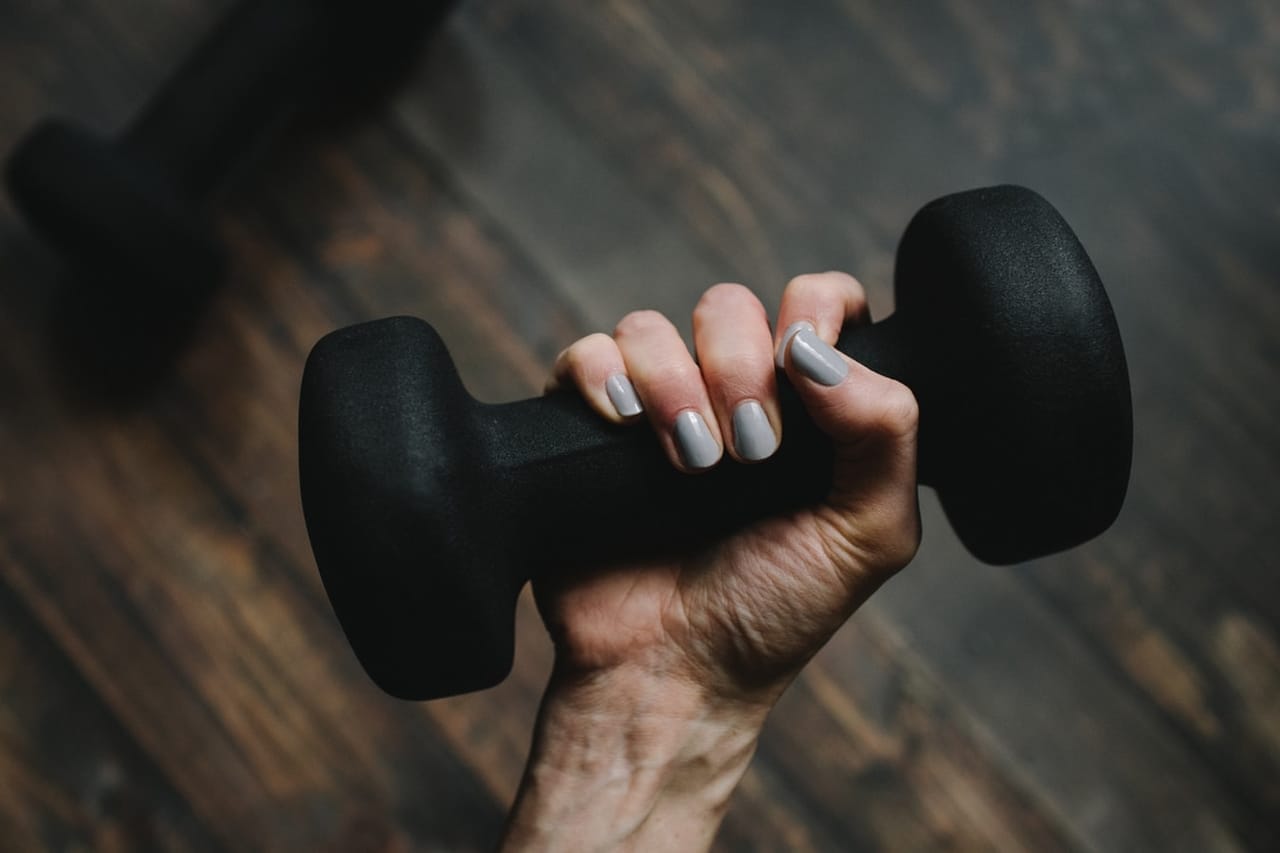Generally speaking, exercising is moving your body in order to improve your physical health. You can do this in various ways, and different kinds of exercises require different types of muscle contraction. The two main ways muscles contract are isotonically and isometrically. In your pursuit of continuous growth, you should look to incorporate both types of exercise into your workout regimen.
For more tips on workouts that may fit your lifestyle, click the JOIN NOW button and schedule a visit to start your new fitness journey with Forma Gym!
Isotonic Exercise
Isotonic exercise is movement that requires muscles to resist weight over a range of motion, causing a change to the length of the muscle. We usually think of muscles shortening in isotonic exercise, as when you lift a dumbbell for a bicep curl or rise into a sit-up. This is called concentric muscle contraction. Eccentric muscle contractions, however, such as steadily extending your arm or lowering to the ground while resisting the pull of gravity are also an important part of isotonic exercise. Including a combination of these types of movements will help to increase muscle mass and strength and get the best results from your isotonic exercise.
What are some forms of isotonic exercise?
Aerobic exercises like walking, running, hiking, swimming, skiing, and dancing are all considered isotonic exercise. So are resistance training exercises that involve movement, such as squats, pushups, pull ups, bench presses, deadlifts, and bicep curls. Even everyday activities like house cleaning, lawn mowing, and gardening also provide isotonic exercise. Isotonic exercise does not have to be boring! It can be an adventure and a way to play every day while getting essential exercise.
What are the benefits of isotonic exercise?
Isotonic exercise helps to strengthen your cardiovascular system, as it results in increased oxygen consumption, heart rate, stroke volume, cardiac output, and muscular endurance while reducing the risk of heart disease. Isotonic exercise also improves bone density thanks to the consistent stress, which causes new bone to form. Stronger bones means you will be less likely to suffer a broken bone. Isotonic exercise also burns calories and improves important health numbers, such as cholesterol and blood sugar levels. Of course, it also helps to build bigger, stronger muscles, helping you to resist injury from strains, sprains, fractures, and falls. The more you participate in isotonic exercise, the easier it will get.
Related Article: Is it Better to Work Out in the Morning or at Night?
Isometric Exercise
Isometric exercise involves remaining in a static position while engaging the muscles. The joint doesn’t move, and the muscle neither lengthens or shortens, but the muscle’s tendon is activated. Isometric exercise is less effective for than isotonic exercise at increasing strength, speed, or overall athletic performance, but it can help to stabilize injured or weak joints to pave the way for more advanced training over time. Isometric exercise can be made more efficient by engaging both the upper and lower body simultaneously to work the major muscle groups.
What are some forms of isometric exercise?
Physical therapists often recommend isometric exercise for injury recovery, but many common exercises also fit into this category. Stationary exercises such as wall sits, planks, bridges, hollow-body holds, are isometric. While a yoga class involves isotonic elements as you move through the poses, each held pose is, in itself, an isometric exercise. Including a variety of isometric exercises in your workout routine not only makes it more interesting, but it also helps to work muscles in ways you may not be used to, making your exercise more effective.
What are the benefits of isometric exercise?
Isometric exercise is gentle on joints while still building and maintaining strength, making it ideal for those who need low impact exercise as a result of injury or arthritis. Also, if you have limited space in your home, isometric exercise is a good choice for getting a workout without having to head outdoors or to the gym. Isometric exercises build muscle, strength, and bone density while improving cholesterol levels and digestive function. Like all forms of exercise, isometric exercise helps to lower blood pressure. Individuals with high blood pressure, however, should approach isometric exercise with caution and consult their physicians before beginning any new exercise routine.
Any form of exercise will provide important health benefits. The best kind of exercise is an activity that you enjoy and are able to do regularly, and the biggest benefits are enjoyed by those who incorporate a variety of activities. Choose the best types of exercise for you based on your current state of health, your goals, and your personal preferences.



